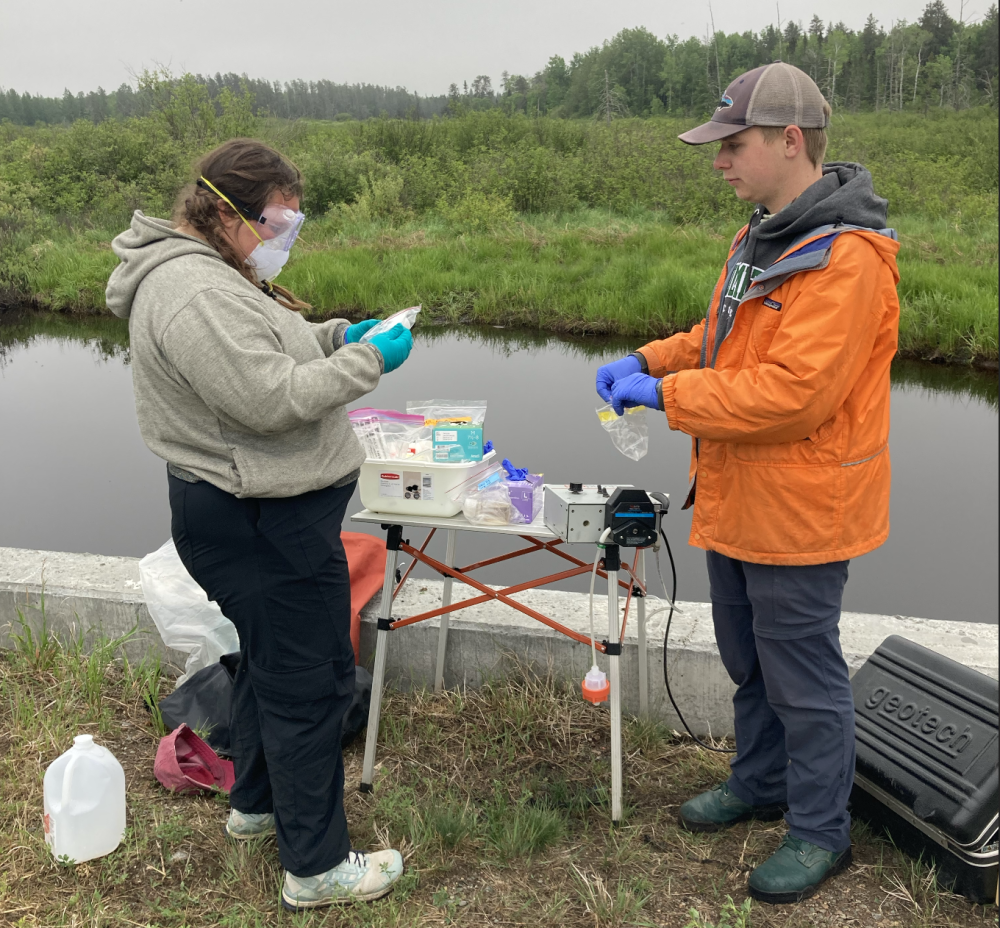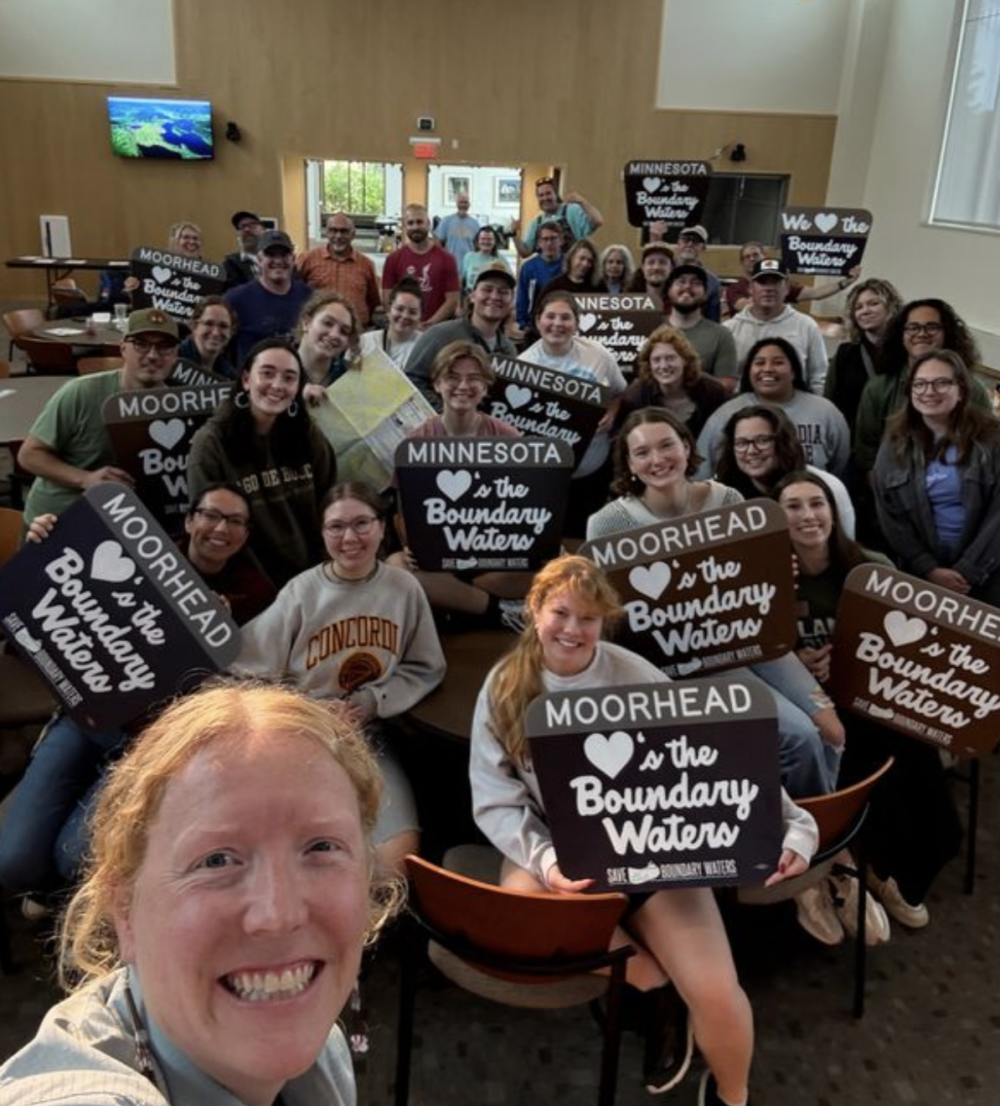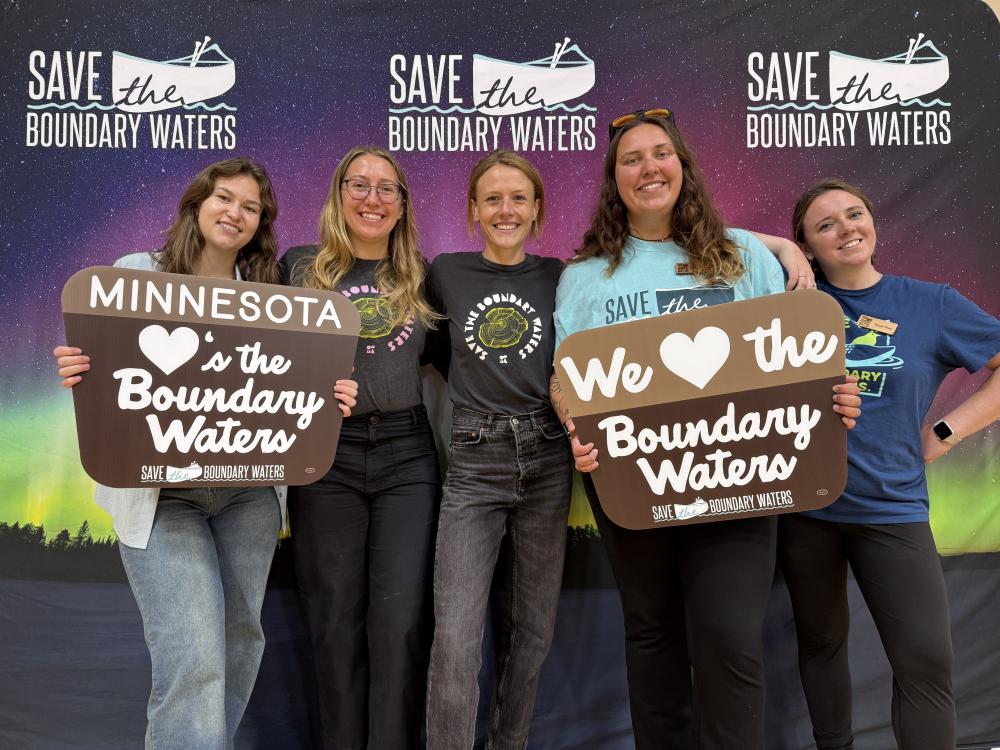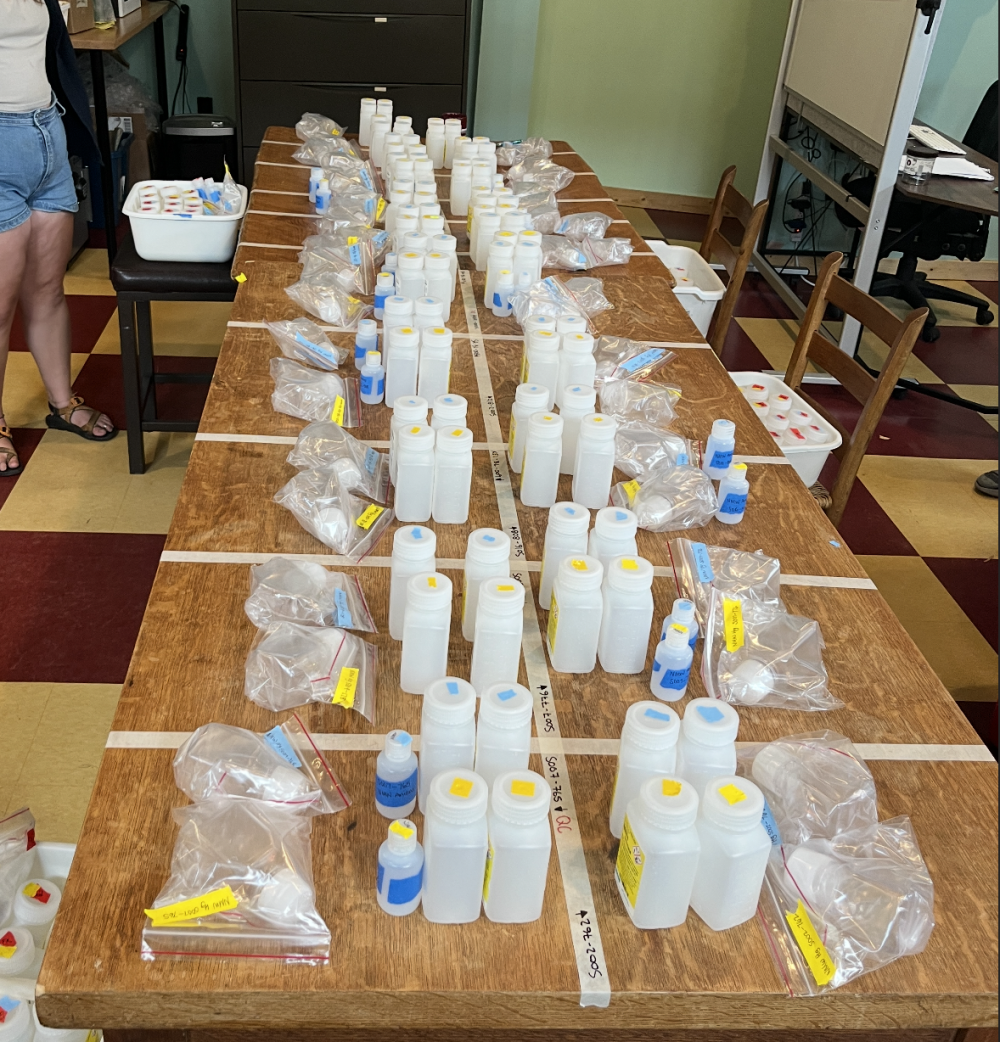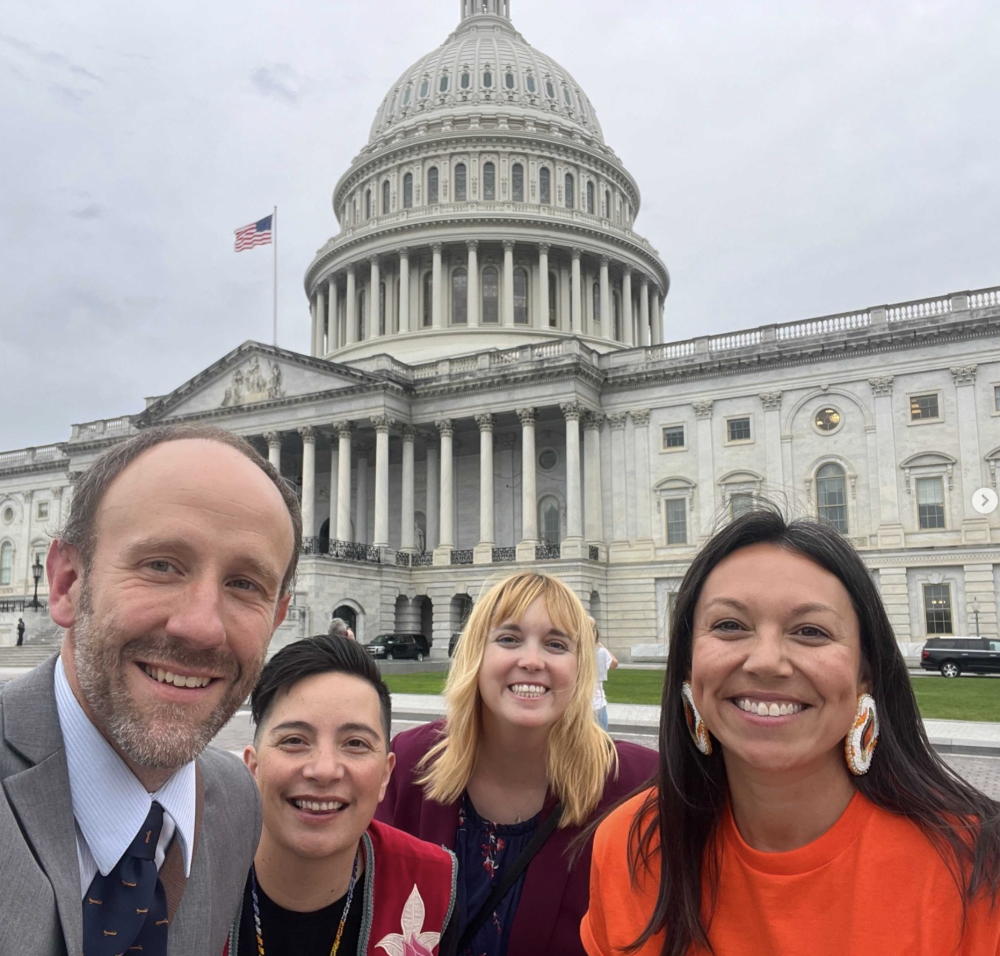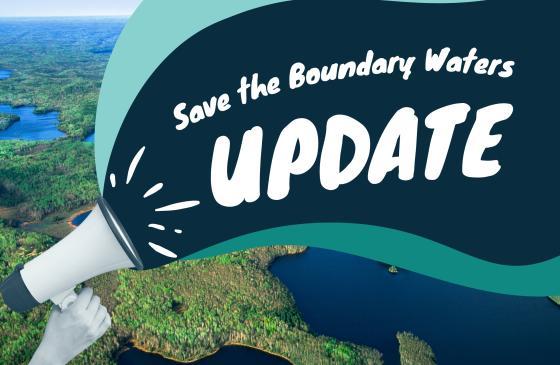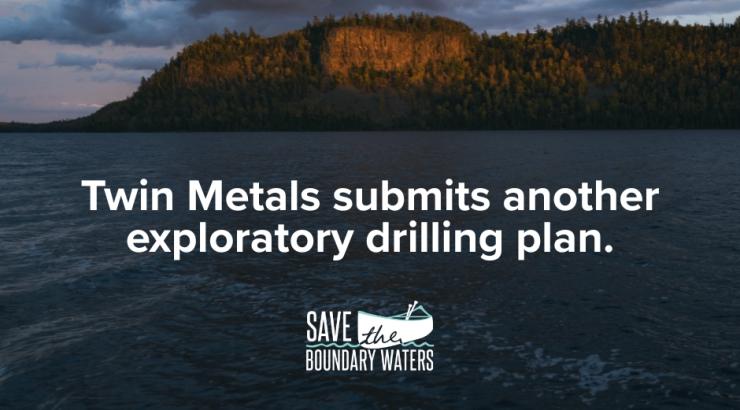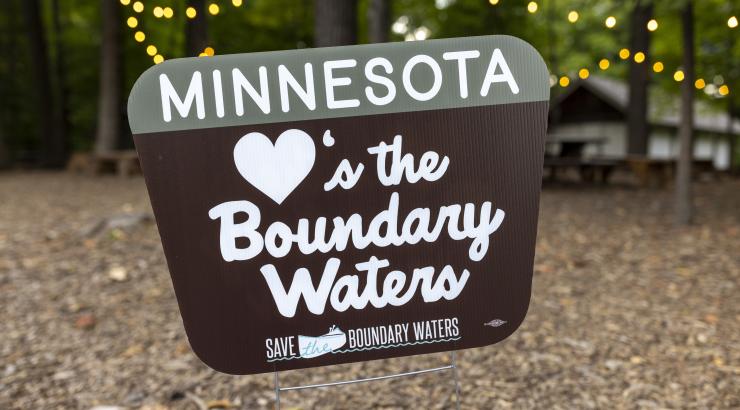The Boundary Waters Canoe Area Wilderness is threatened by toxic copper mining.
What has happened in 2025 so far?
In 2023, then-Secretary of the Interior Deb Haaland signed a public land order that banned hard rock mining on over 225,000 acres of federal lands and minerals within the Boundary Waters watershed. This ban - by law - can only last 20 years. But those 20 years are an important buffer, allowing the necessary time it takes to pass permanent protection measures for the Boundary Waters watershed into law.
The mining ban, or “mineral withdrawal,” is being threatened at the legislative and executive branches of the federal government, meaning this year has been full of ups and downs for America’s most visited Wilderness:
March: Executive Order titled “Immediate Measures to Increase American Mineral Production” is signed, which puts America’s public lands at immediate risk of development from mining. The Order fast-tracked domestic mining on federal lands, arguing that mining should be the primary purpose of these lands. The Order also significantly broadens the list of “critical minerals” and enacts the Cold War-era Defense Production Act (DPA), which would subsidize companies that already mine hardrock minerals without paying royalties.
May: Attempts were made to use the must-pass Budget Reconciliation bill to overturn the 20-year copper mining ban in the watershed and grant perpetual mineral leases to Twin Metals Minnesota. Thankfully, we fought hard and had this dangerous provision removed that would have opened the door to sulfide-ore copper mining in the Boundary Waters watershed.
July: Deputy Secretary of the Interior Kate MacGregor revoked the standing 2022 legal interpretation (called an M-Opinion) and reinstated a flawed legal decision from 2017. This decision argued that Twin Metals Minnesota had the right to a third renewal of its expired mineral leases in the headwaters of the Boundary Waters and that the Bureau of Land Management did not have the discretion to deny that renewal application, which they did in 2016.
As of November 1, no leases have been granted, but the threats persist.
For years, we’ve fought alongside scientists, legal experts, and supporters like you. Now we must defend our victories, fight new threats, and push for one goal: permanent protection of the entire Boundary Waters watershed.
Your support fuels legal battles, advocacy, scientific research, and education—all critical in securing lasting protection. Without it, the future of this irreplaceable Wilderness is uncertain. From now until November 20, 2025, your gift will be tripled thanks to the Manitou Fund.
Emerging threats:
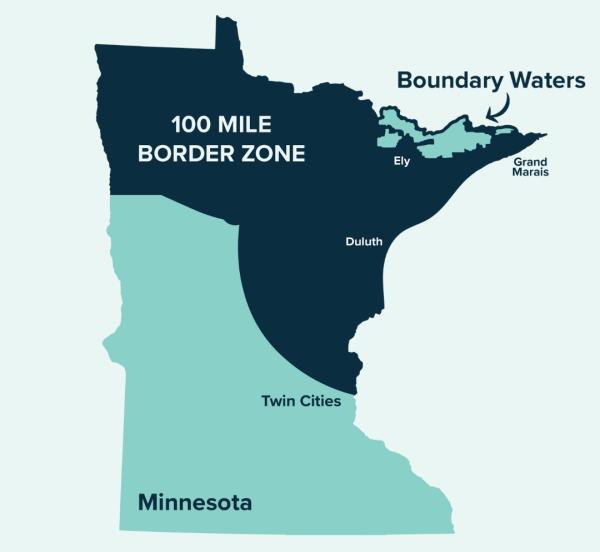
Mike Lee’s Border Bill:
The watershed of the Boundary Waters Canoe Area Wilderness is being targeted for copper mining development through many vehicles – from must-pass budget legislation to the National Defense Authorization Act. This follows a broader, national trend of increased risk to American public lands from special interests, extraction, and red herrings that put the fate of these special places into conversations about everything from housing, to national defense, to immigration.
Earlier this summer, Senator Mike Lee of Utah introduced legislation that would sell off millions of acres of public land in the West, which received overwhelming pushback from the American people. Public lands, as demonstrated time and time again through various means of public input (including where and how people spend their money), are widely popular, uniting folks from across the country with a shared love of the outdoors.
Senator Lee is back at it, this time with the Border Lands Conservation Act. This legislation would, among other things, hand jurisdiction for all federal lands within 100 miles of the southern or northern U.S. border to the Department of Homeland Security (DHS). Wilderness areas within these 100 miles would no longer be protected by the Wilderness Act; rules that prohibit impacts on Wilderness character would become moot, and DHS would be given permission to develop roads, build structures, use motorized vehicles, and install DHS agents as they deem necessary, removing any power from agencies such as the US Forest Service and Bureau of Land Management.
You can help stop this dangerous legislation - tell Congress to oppose the Border Lands Conservation Act today.
State work preview:
The Minnesota State Legislative session is coming up soon. From February through May, we will be at the Minnesota Capitol every day fighting for the Boundary Waters - defending against harmful legislative attacks and attempts to roll back environmental standards. Here is what we expect this coming year…
- While the fight continues in Congress, Minnesota is a critical backstop against Federal attacks from the current administration.
- Minnesota’s environmental standards need to be upheld, not weakened. We will be fighting tooth and nail at the State Capitol to make sure bad policy does not pass, and harmful amendments don't slip through the cracks.
- Right now, it’s more important than ever for our elected officials to take a stand. Protecting the Boundary Waters from America’s most toxic industry isn’t radical – it’s practical.
Water quality monitoring
For the past six years, our water quality team has been monitoring sulfate pollution in Birch Lake, which flows into the Boundary Waters. This toxic type of pollution is a key threat to Minnesota’s wild rice and a sacred food for Ojibwe communities. Our work, praised by academics and regulators, helped secure Birch Lake’s designation as impaired for sulfate, creating obstacles for mining permits, and is building essential baseline data for the region’s scientific record. This is why we monitor in every season – even in the coldest months, we are drilling through the ice to collect data. Because protecting this water is worth every step. So far this year, three full-time staff, three field interns, and countless volunteers have spent 72 full days in the field for a total of over 3,000 combined field hours — and we still have 2 months to go in 2025!
With a team of staff, interns, and volunteers, we are expanding research on the impacts of mining near these critical waterways while protecting the future of the Wilderness. No other organization in the Great Lakes region matches the quality and scope of our monitoring, and donations help fund transportation, equipment, and staff needed to keep this critical work going.
“Minnesota Takes Action for the Boundary Waters” - Event series
We held six successful events in Rochester, Mankato, Duluth, Excelsior, Grand Marais, Moorhead, and Brainerd, as part of our Minnesota Takes Action for the Boundary Waters series—a statewide effort to bring together everyone who loves the Wilderness. The turnout for these has been incredible. We’ve had over 500 people across 6 of our events. Our supporters are ready to take the next step in their advocacy to protect this wild place. Thank you to the experts, business owners, storytellers, creators, and more who have joined us for these events and spread the good word.
Fall Events


